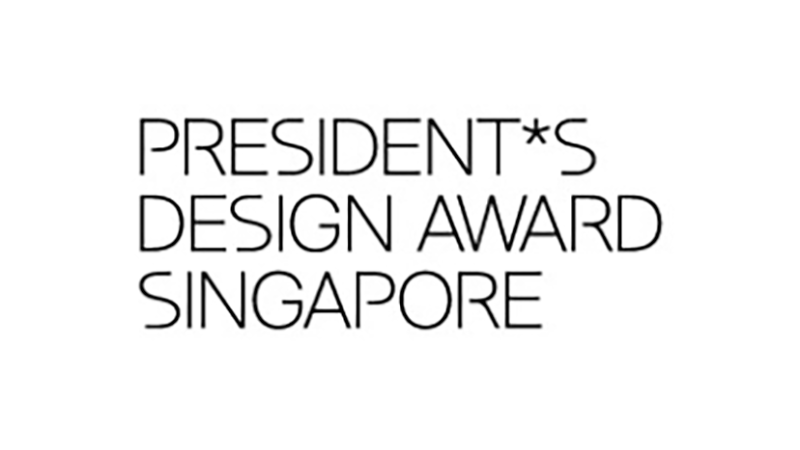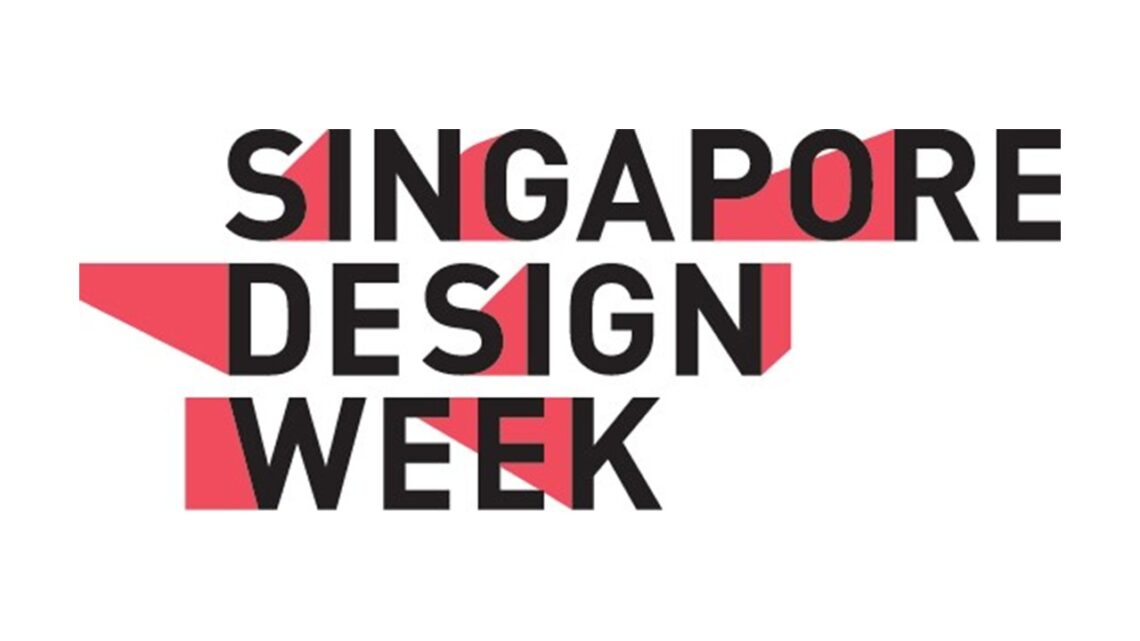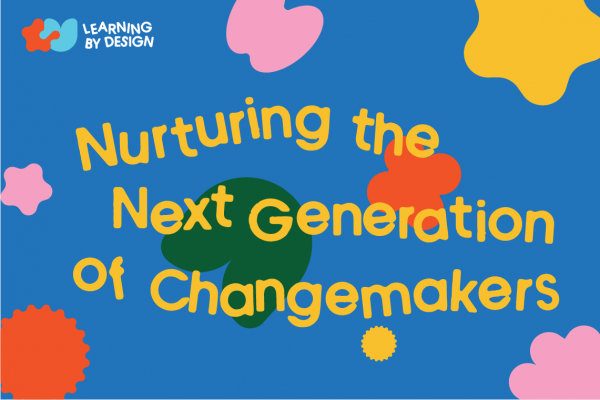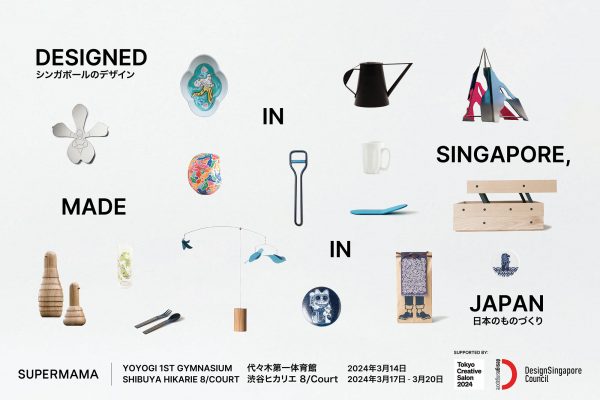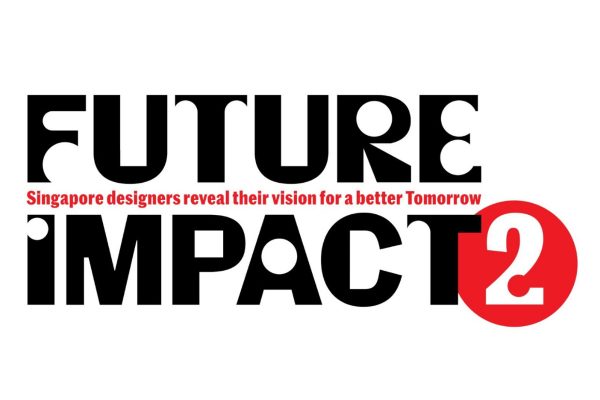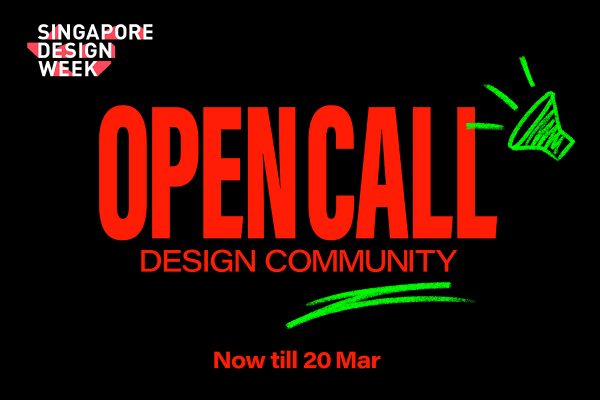Tay Kae Fong and Cai Yuqian from Ampersand, an accelerator for design startups and SMEs, highlight three things design entrepreneurs can do as Singapore’s economy re-opens cautiously in the wake of the global COVID-19 pandemic. Read the full report, which has case examples and details, here. The first run of the accelerator programme, organised by Binomial and supported by the DesignSingapore Council, took place in June 2019 with 13 participants.
As Singapore enters phase 2 of “re-opening” our economy, we have been hearing from business owners and Ampersand alumni who are feeling torn: on one hand, they are relieved to get back to work, but on the other, they have a feeling that things are not the same, like they had hoped.
For us, it has become increasingly clear there is no going back to the way things were. In fact, just like how 9/11 changed air travel forever, there is certainty that some things will change permanently. In this article, we discuss three trends that we are certain will be here to stay.

Acknowledge that the anxiety and uncertainties are real, though since we won’t go back to the way things were, let’s adapt to the New Normal to get through this.
#1. Mindset: What was impossible is now possible
Before anything else, recognise that what used to be “barriers” and “challenges” only six months ago are now not only possible, but are getting accomplished at a rapid rate. This means if you’re dawdling, then here’s your first certainty: your competitors are not waiting and moving silently but surely ahead. Companies that untether from conventional “pre-pandemic” thinking and explore innovation with products and business models will thrive.
Takeaway #1: Check your assumptions and preconceived notions on what is possible. Proactively seek new, creative ideas on how your business can move forward.
Consider: If you can innovate and do anything that leverages your current core competencies and business model, what might those be?
#2. People: Remote working is here to stay
Having been made to work remotely for the last two months, it will be hard for people to go back to being office-bound all the time. In fact, it is not just about the people but also the space – with physical distancing measures, you need a bigger office if everyone is coming back.
The crux is to view remote working as a percentage instead of a yes-no option.
Employees want the flexibility of remote working, but with the choice to head into the office for meetings or to connect with co-workers. To get onboard with the future of work, leaders need to look at three things: technology, team culture, and employee mental health.
Technology: Everyone gets the importance of robust and scalable cloud technology to connect their teams, though make sure you’re not careless with cybersecurity. The crux is to balance cybersecurity with convenience of accessing confidential material from different locations.
Culture: Accountability emerged as a top concern for employers when it comes to remote working. One way to help is to align everyone with the company’s mission and use a disciplined measurement system to guide everyone’s work. The Objectives and Key Results (OKRs) framework, credited as one of the secret sauce for Google’s success, can be an effective tool.
Mental Health: This was a hot topic during our bimonthly meet-up of Ampersand alumni in April. During our discussion on the impact of COVID-19 and how we can address them, it became clear that remote working affects people differently, so it is crucial for leaders to take the extra step to identify and personally connect with employees who are feeling anxious. Leaders also need to find new rituals and habits, such as virtual happy hours, to cultivate a strong culture while remote working. In fact, our ongoing bimonthly meetings of Ampersand alumni is an example of a ritual that has proven to be really impactful during this period because alumni felt they were not alone, and there are the others to share their issues with.
Takeaway #2: Remote working is here to stay. Figure out the balance for your team: Invest in relevant technology, strengthen your culture, and watch out for co-workers who need help.
Consider: How might you help your team have a better work set-up at home? To build habits and rituals for the New Normal, how would you involve the team to co-create them?

#3a. Customers: eCommerce will continue to bloom
The pandemic has become a catalyst for eCommerce adoption, and allowed online retail brands to race ahead. Offline retail brands will need to quickly catch up to adapt to new shopping habits. A few Ampersand alumni, like Breezy Aerator and Ooh, took the opportunity to become omnichannel by utilising support from the government’s eCommerce booster package.
The eCommerce spike also highlights the importance of a resilient supply chain, from inventory management to fulfilment to reverse logistics. To manage country-based risks, businesses will want to be agile enough to switch between local to global sourcing and production.
Takeaway #3a: Offer frictionless omnichannel experiences, with an option that is 100% online. Rewards are potentially huge as long as your supply chain backend is robust.
Consider: : Don’t just focus on the technical aspects of eCommerce. Once you are online, a bigger challenge looms – how will your brand stand out over the crowded marketplace?
#3b. Customers: Delighting customers online
As more businesses get online, you’ll need creative ways to engage customers in order to cut through the clutter. To succeed, we need to get back to basics: humans long for connections. This has been disrupted, so brands need to find their unique way to provide that connection.
There are several innovative ways to add the people element into online interactions. Live streaming is an example (China’s king of live streaming, Li Jiaqi, once sold US$145 million in a single day). Other ways include letting sales associates video-chat with customers or exploring the nascent space of conversational commerce. Webinars or virtual workshops (one of our alumni, Craft Atelier, did a beginners’ series) are also great ways to engage customers.
To find what works for you, be open to ideas and run pilots to figure out what are most effective.
Takeaway #3b: Don’t be afraid to try creative ways to tell your brand’s story online as long as they are authentic and provide the human connection; the sales will naturally come later.
Consider: What are your go-to-market channels and might there be new online ways or channels to engage customers and convert them into fans?
Parting shot
Don’t be paralysed by fear and choose to take action now. Acknowledge that the anxiety and uncertainties are real, though since we won’t go back to the way things were, let’s adapt to the New Normal to get through this. We would be happy to chat with companies that want advice on how to innovate or develop a strategy to guide their recovery and thrive in the new normal.
Send enquiries or feedback to Tay Kae Fong of www.binomial.com.sg / www.linkedin.com/in/kaefong
